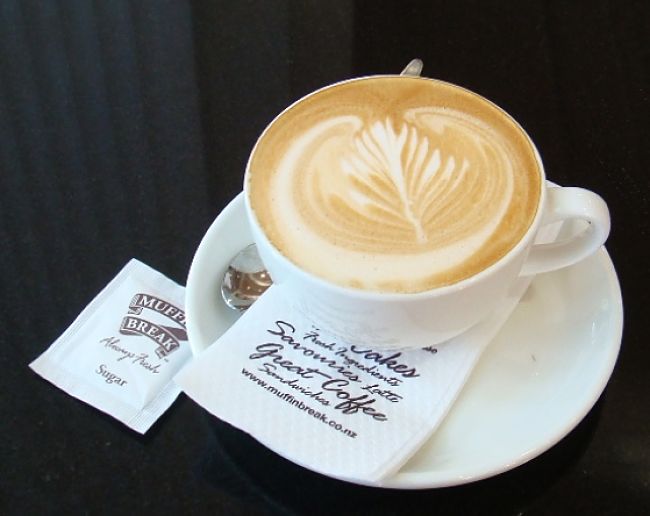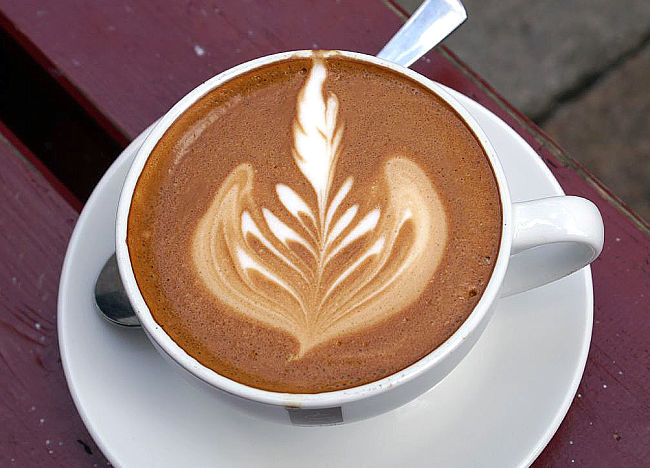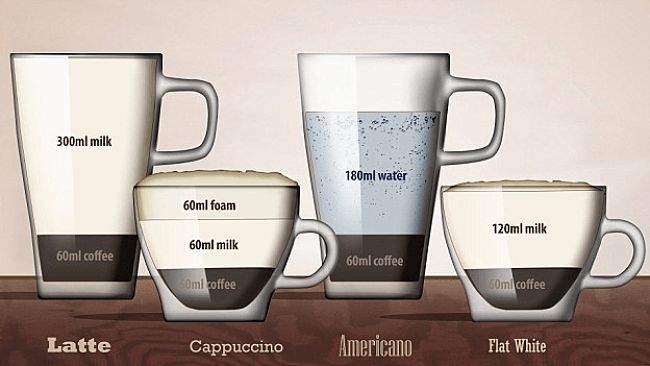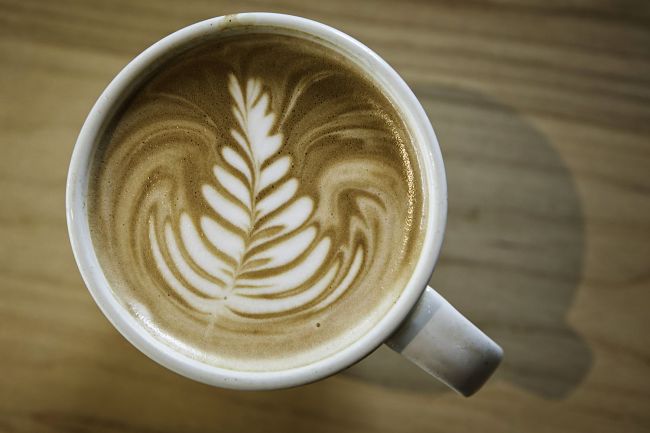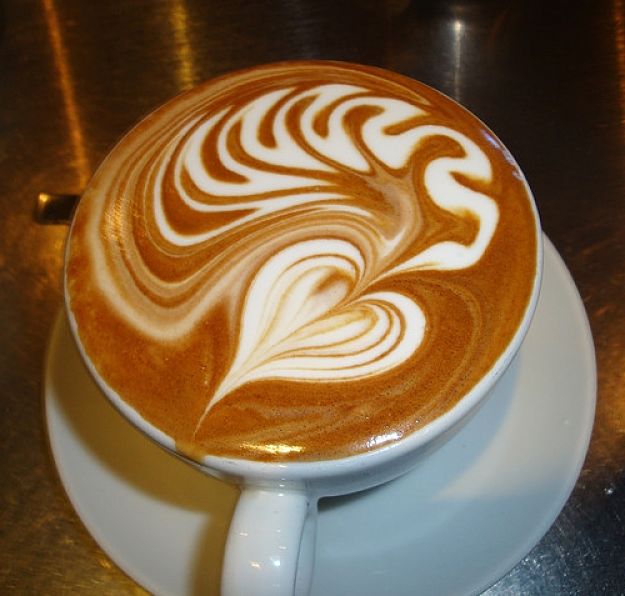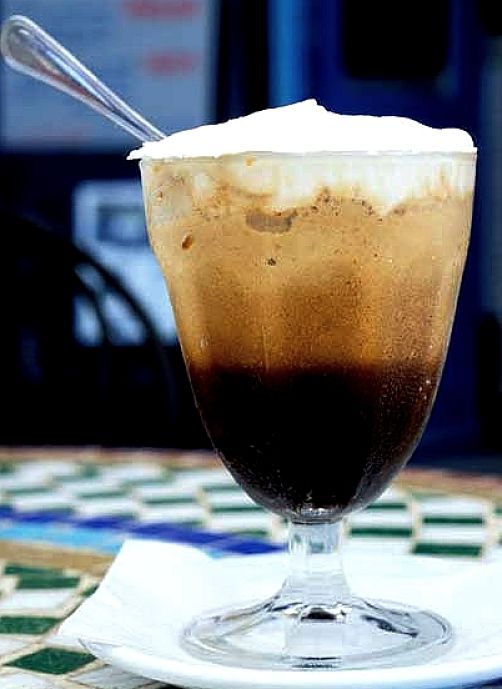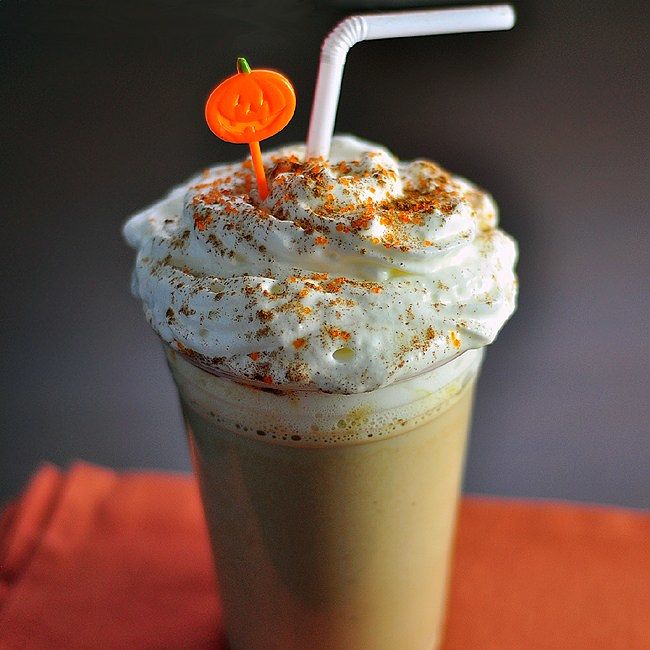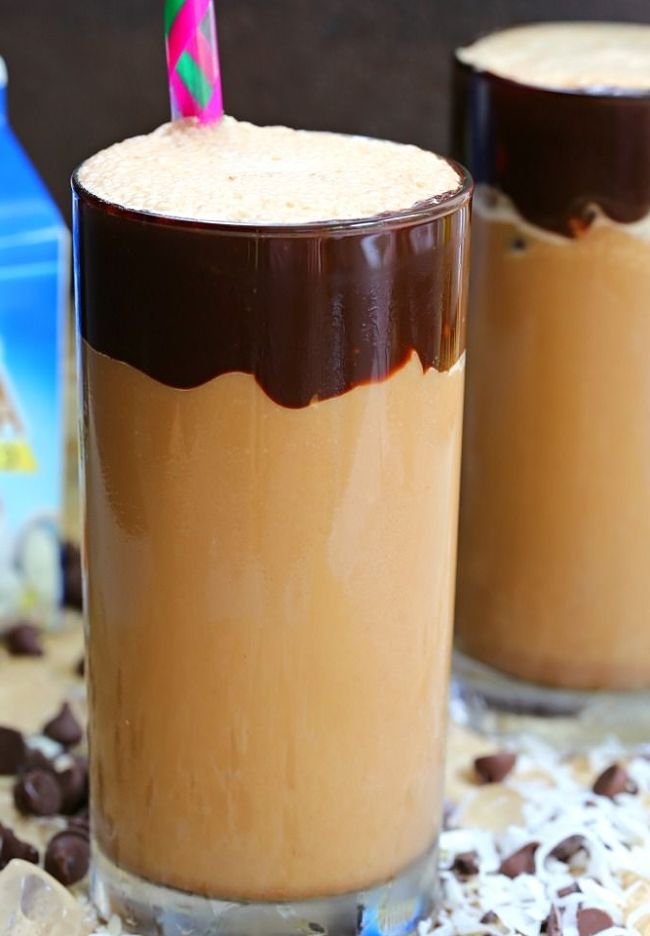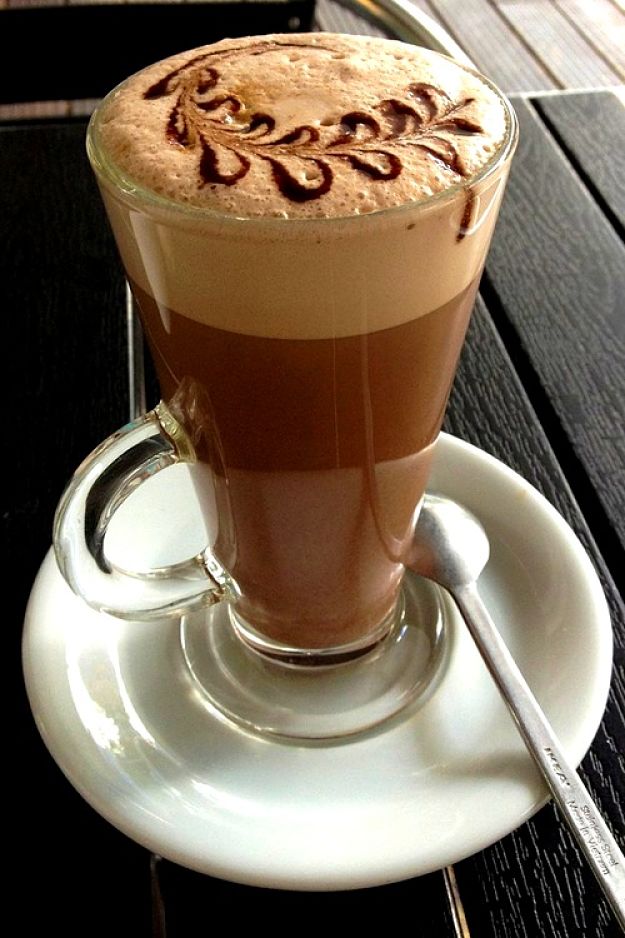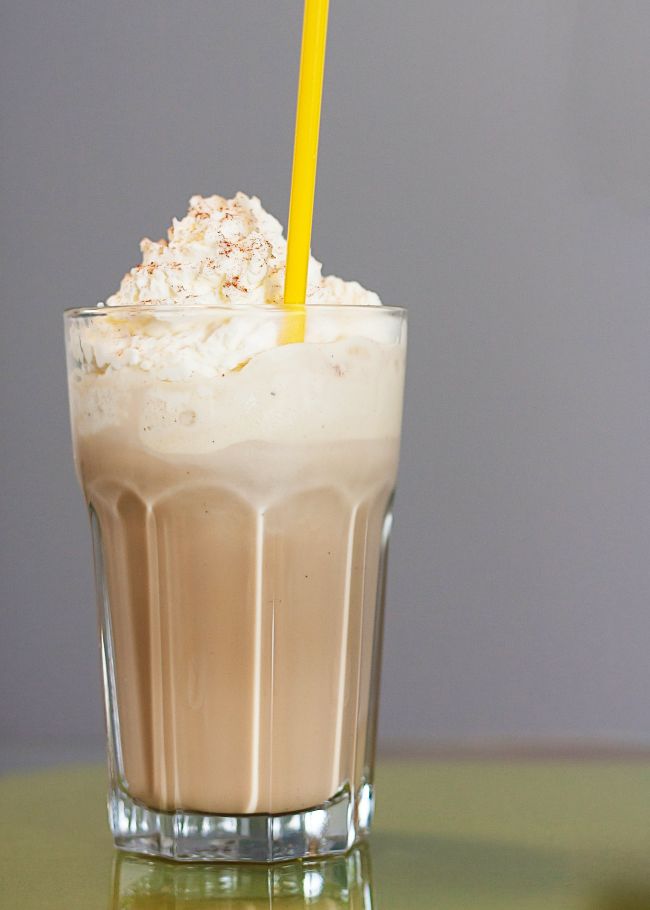Cappucino, Latte or Flat White - Which White Coffee is Better for You?
Flat Whites, Latte and Cappuccino are all popular choices with all their variants involving low fat milk, skim milk, soy and other non dairy milk substitutes. Coffee is good for you and has many health benefits, especially for athletes and active people.
But when you distil out the frills and get down to the basics what are the fundamental differences between between these types of coffee? All types contain espresso and milk in liquid form, or as steamed or textured milk as froth.
It is the milk that makes the difference between these styles of coffee, rather than the coffee. The milk used comes in three forms - liquid milk, steamed milk and milk froth.
This article provides information on the fundamental differences between Cappuccino, Flat White and Latte styles of coffee.
A chart compares the nutrients in these coffee types made with whole milk and skim milk (low fat) versions and soy.
Finally, an overall health rating is provided for Cappuccino, Flat White and Latte coffee.
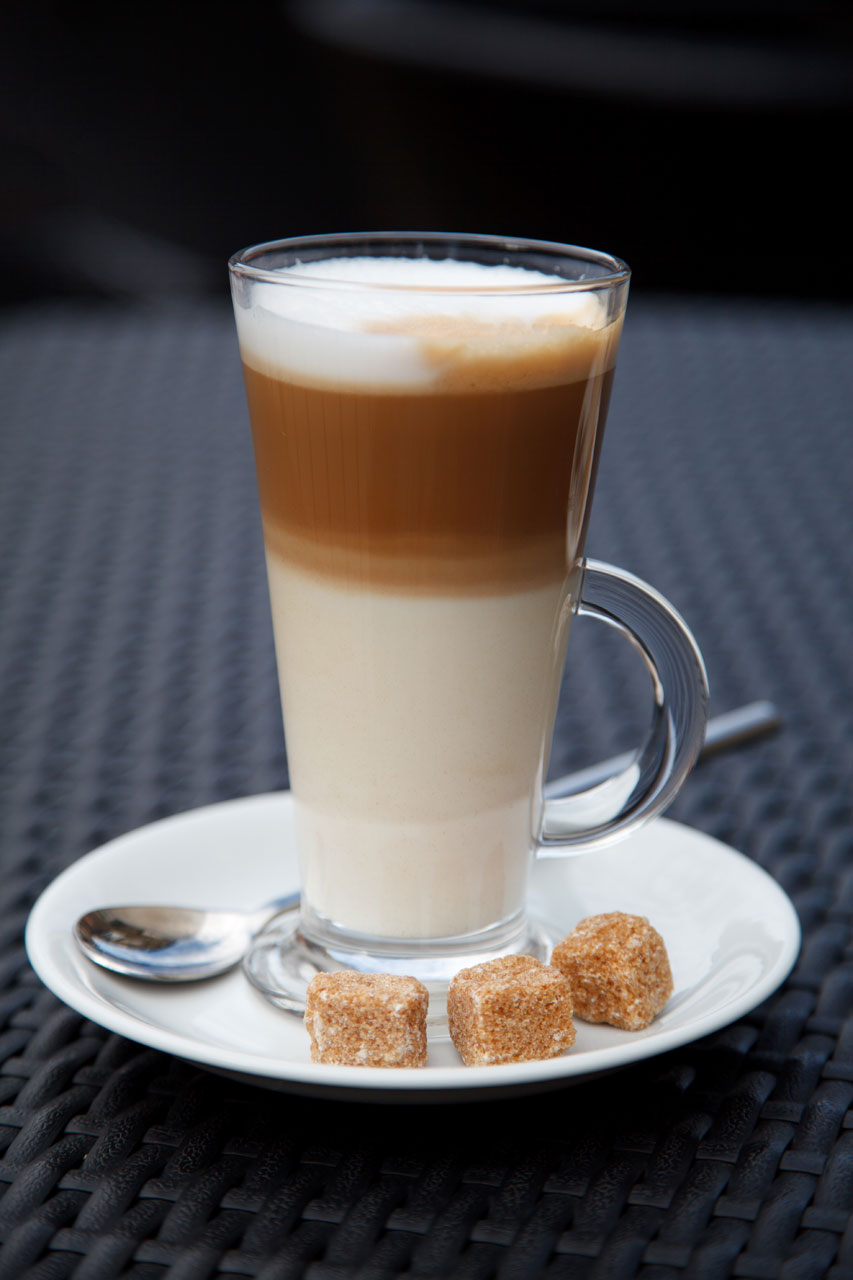
Nutrient Comparisons for Cappucino, Latte and Flat White Coffees
The table below provides a comparison of the major nutrients in whole milk and low-fat milk versions of Latte, Cappucino and Flat White Coffees. The key determinant is the amount of milk in the coffee, which add protein, but also boosts the level of fat and calories.
The Key points are:
► The healthiest coffee is a Cappucino made with skim milk or low fat milk. This is because the foam occupies a large part of the volume in the glass.
► The coffee that ranked second was Cappucino made with whole milk.
► Flat white coffee has moderate levels of fat and calories
► The Latte Coffees have the highest calories and fat levels
Fundamental Differences Between Types of White Coffee
The espresso coffee generally remains consistent in the preparation of these white coffee versions, though the strength can vary. Mostly they are prepared with a double shot of espresso as the milk weakens the flavor. The key differences are how the milk is handled and how well the barista has been trained. The biggest differences occur with the latte style which requires great skill in developing a micro - foam that is distributed right through the milk.
Cappuccino
Cappuccino is traditionally an Italian style of coffee. The key feature is the light frothy top that is dusted with chocolate powder. The three components of a cappuccino are equal and this sets it apart from the other coffee styles, especially the thick topping of foam. The coffee liquid beneath the foam is rich and milky.
► 33% Espresso
► 33% Steamed Milk
► 33% Milk Froth
Caffe Latte
The key to a fabulous latte is the unique and subtle process used to steam the milk which is referred to as texturing or stretching the milk. This generates a micro foam in the milk, with a thin layer on top. This micro foam is created when air (hot steam) is infused into the milk. A skilled barista folds, taps and swirls the milk jug as the steam is applied to thicken the milk to a 'wet paint' or thin-yogurt consistency. A latte generally consists of:
► 40% Double espresso shot
► 50% Steamed milk with micro foam
► 10% Micro Foam as a 1cm (1/2 inch) layer on top
Flat White
Flat White coffees vary considerably between cafes and also vary in different parts of the world. Australia is often regarded as the Flat White center of excellence. The main difference from a latte is that the micro foam is much less developed, both within the milk, and also on top. The milk is still texture, but much less so, than for a latte. In some cases much less milk is used. The foam that is developed is much finer and does not separate from the milk, but remains completely contained within the liquid. Flat white coffees tend to have a strong coffee flavor and a velvety smooth feel, but denser in the mouth due to the micro foam. The components vary considerably, but generally a flat white consists of:
► 40% Double espresso shot
► 60% steamed milk with micro-foam distributed throughout the milk
Health Ratings of Coffee Styles
Combining the information presented in this article we have created a score for each type of coffee on a 1 to 5 scale. The rating here, mostly relate to the negative effect of calories and fat. The higher the calories the lower the score. Most of these nutrients as well as the protein are derived from the milk.
Espresso - Rating 5/5
Espresso typically contains about 80 to 100mg of caffeine in a standard cup. There are about 5-10 calories, no protein, but there are important antioxidants that provide some benefits.
Cappuccino - Rating 4/5
A typical cappuccino contains 150 calories, 6g of fat and 7 g of protein when made with whole milk. These values are reduced to 95 calories and zero fat when made with skimmed milk.
Macchiato - Rating 4/5
A macchiato coffee is made from espresso with a small amount of steamed milk. General this style of coffee has about 90 calories, 4g of fat, 80g of caffeine and 3g of protein.
Americano with cream - 3/5
An Americano is a double shot of espresso diluted with hot water and often topped with cream. Caffeine content can be very high at 120-160 g. Without cream the calories are low, but with cream the calories can be as high as 100.
Latte - Rating 3/5
A latte tends to have more steamed milk than a cappuccino, because the foam is absent. A typical latte contains 10g of protein from milk, 5g of fat. Latte made from whole milk has about 225 calories, and 135 calories when made with skimmed milk.
Flat White - Rating 3/5
Flat white has a similar rating to Latte with slightly higher calories fat a protein
Mocha - Rating 1/5
A mocha has one or two shots of espresso, chocolate syrup, steamed milk and whipped cream. The calorie count can be as high as 310 calories when made with whole milk and 230 calories when made with skimmed milk. These coffees can contain 10g of fat, 80mg of caffeine and a small amount of protein. A mocha coffee is the equivalent to a chocolate bar in terms of nutrients.
Nutrients in a Standard Tall Serve (12 fl oz) of Various White Coffees
|
Nutrients for 12 fl oz serving
|
Cappuccino Tall sized with Whole milk
|
Cappuccino Tall sized with Nonfat milk
|
Cafe Latte Tall sized with Whole milk
|
Caffe Latte Tall sized with Nonfat milk
|
Flat White made with whole milk
|
Flat White made with skim milk
|
Black coffee
|
|---|---|---|---|---|---|---|---|
|
Calories
|
120
|
75
|
204
|
126
|
119
|
108
|
10
|
|
Calories from Fat
|
54
|
0
|
99
|
0
|
52
|
0
|
|
|
Total Fat (g)
|
6
|
0
|
11
|
0
|
5.8
|
0.3
|
0
|
|
Saturated Fat (g)
|
4
|
0
|
7
|
0
|
3.3
|
0
|
|
|
Carbs (g)
|
10
|
11
|
16
|
18
|
10.1
|
15.1
|
0
|
|
Sugars (g)
|
9
|
9
|
14
|
16
|
8.1
|
15.1
|
0
|
|
Protein (g)
|
6
|
7
|
11
|
12
|
6.5
|
10.9
|
0
|
|
Cholest. (mg)
|
26
|
3
|
45
|
6
|
18
|
0
|
|
|
Sodium (mg)
|
92
|
97
|
156
|
174
|
72
|
134
|
0
|
Related Articles about Coffee
=> Benefits of Coffee and Caffeine for Team Sports and Gym Workouts
=> How Much Caffeine? Comparison Charts for Food, Coffee, Tea, Energy Drinks
=> Health Benefits Drinking Coffee and How Caffeine Lowers Risk of Depression
=> Homemade Iced Coffee Recipe Ideas and Options

